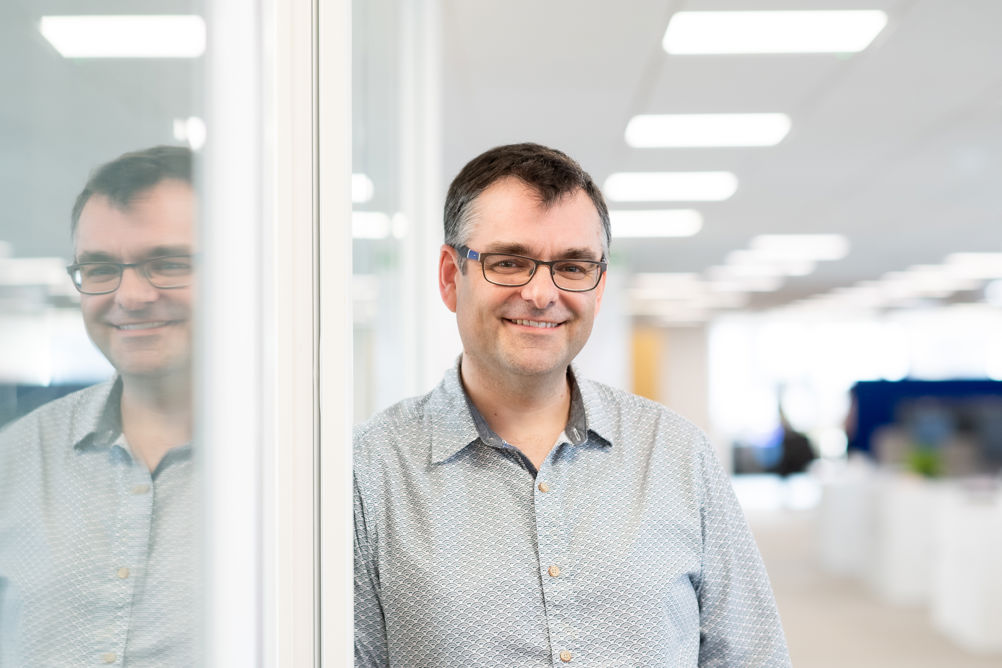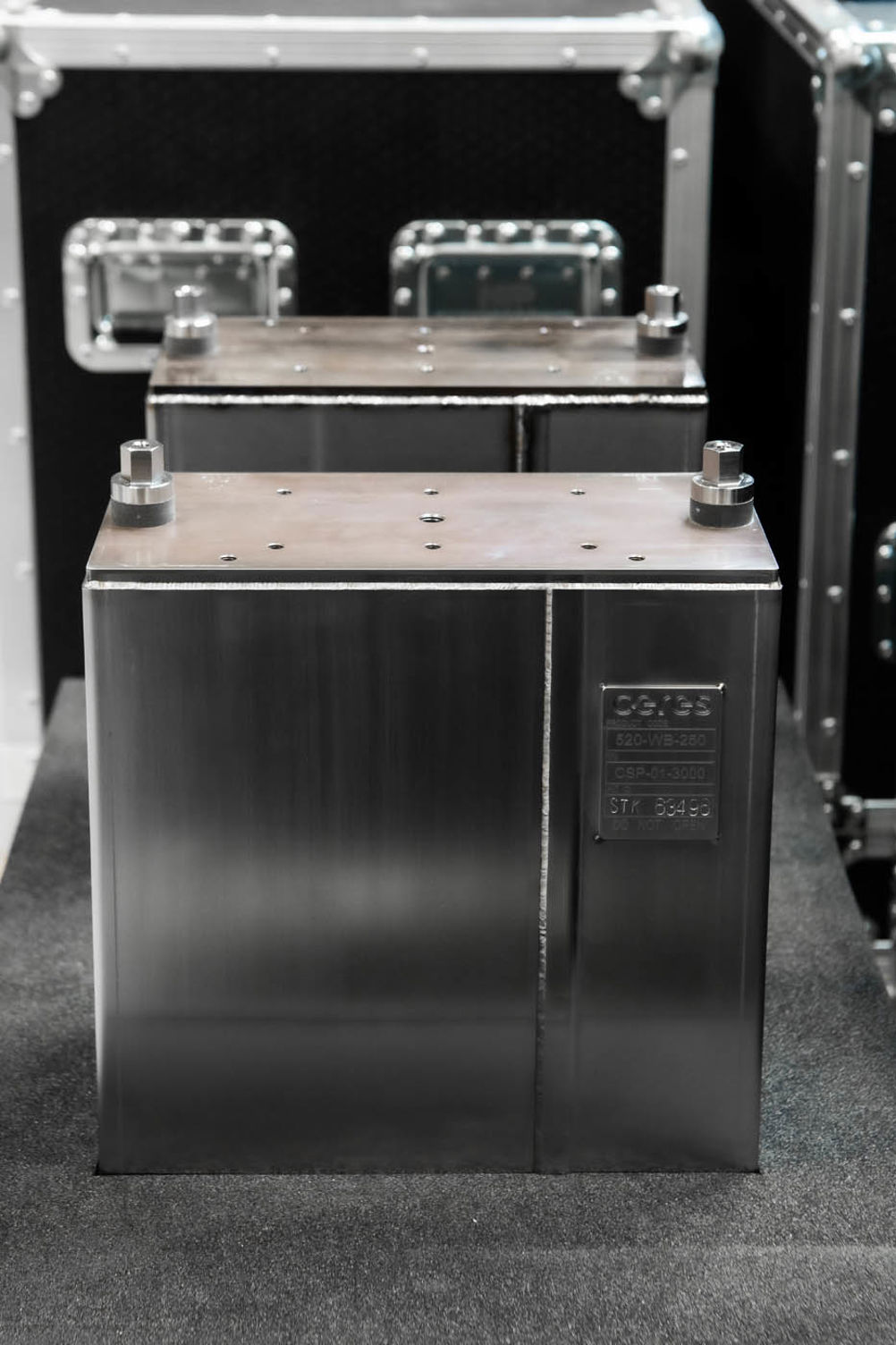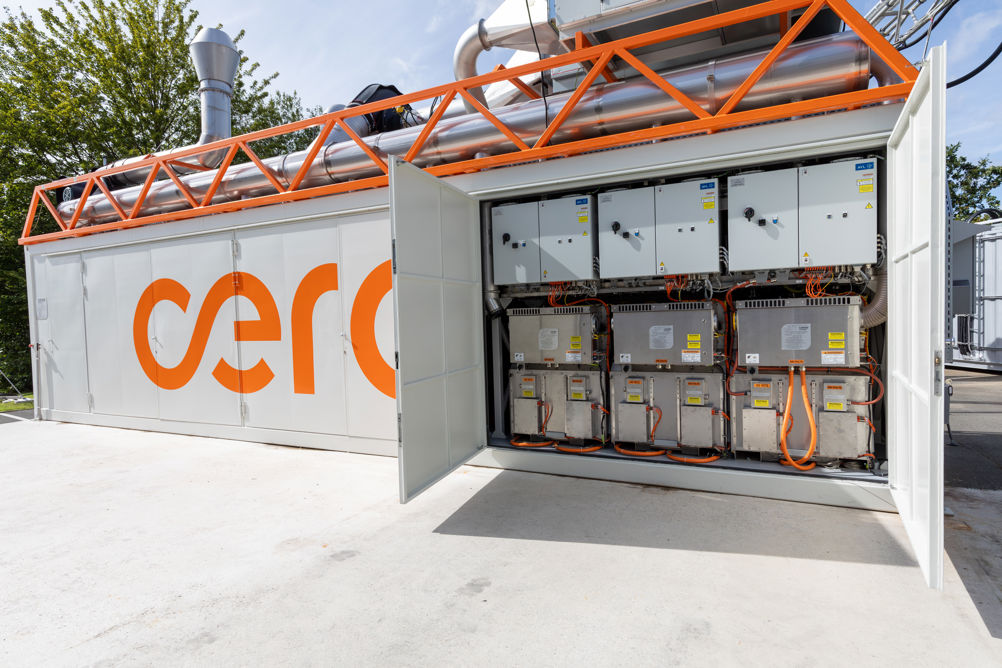When The Engineer last caught up with Ceres Power, the company had just been awarded the MacRobert Award, one of engineering’s most prestigious prizes. Spun out of Imperial College in 2001, Ceres had already been making waves for several years, its SteelCell solid oxide fuel cell (SOFC) technology converting hydrogen and hydrocarbons into electricity. However, it was the company’s breakthrough in reversing that process – enabling SteelCell to generate hydrogen via electrolysis – that finally helped it land the Royal Academy’s highest honour.
At the time, MacRobert panel chair Professor Sir Richard Friend hailed it as “a huge game changer for hydrogen generation”, saying the conversion losses were the lowest he had ever seen. In the interim, the breakthrough has helped Ceres ramp up commercial activity, licensing its technology wider than ever before.
“2024 was a real bumper year in terms of our signing licence agreements,” Nick Lawrence, chief product officer at Ceres, told The Engineer. “We signed a dual licence agreement with Delta Electronics in Taiwan, our first dual licence with fuel cell and electrolysis.
“They’re cracking on with factory designs now, targeting growth in data centre markets but also looking for opportunities for the electrolysis market too.”

Other major deals include with Denso in Japan and Thermax in India. Ceres is also continuing to work closely on demonstrator projects with big industrial players such as Shell, its MW-scale electrolyser in Bangalore on the cusp of its first hydrogen at the time of writing.
In other instances, progress has been slower than anticipated. Longstanding partner Bosch recently pivoted away from SOFC in favour of hydrogen production, citing a lack of support in Europe for fuel cell technology. This signalled the loss of one of Ceres’ closest technical partners as well as a financial backer. While undoubtedly a blow, the overall outlook for the company remains positive, according to Lawrence.
“Our order intake…is over £100 million,” he said. “This year, we’ve got revenue in excess of £50 million. And as you know, we’re a technology licencing business, so we’re very asset light, our margins are very high. Our gross margin is going to be close to 80 per cent and we saw £100 million in the bank.”
A big factor in that order book success, according to Lawrence, was prioritising hydrogen generation in the wake of the MacRobert Award. Electrolysis needed to be a fundamental selling point for Ceres rather than just a novelty feature its technology was theoretically capable of. Optimising solid oxide electrolysis cell (SOEC) stack performance became a priority.
“I suppose the thing that really hit home to us and what we decided to focus on in 2024 was really doubling down on our electrolysis product offering,” said Lawrence.
“So we’ve done a lot of work to really understand how our solid oxide cells work in electrolysis mode. We’ve done a lot of work to optimise and verify our tall stacks containing that technology, and we started running those at pressure, which is a new thing for us, but it looks like it’s going to work well.”
Alongside that focus on the micro, the company has also been exploring the macro, acknowledging that scaling up the technology is just as important as getting the technology right. Working with AtkinsRéalis, Ceres delivered a front-end engineering design (FEED) for a commercial multi-megawatt modularised hydrogen production system, released at the end of 2024.
That multi-megawatt unit in turn acts as the cornerstone in the blueprint for a 100MW+ electrolyser system. Though a long way off in reality, it shows that Ceres is thinking big and plotting its path to megawatt and gigawatt numbers, the type of scale where its technology can start to have a visible impact on the energy transition.
“If you’re going to do a large project…you’ve really got to know your Lego and you’ve got to know what your Lego brick is,” said Lawrence.
“Our Lego brick now for Ceres is an array of stacks contained in a pressure vessel. So we’ve done a load of work to develop and design that, and that’s going to go on test later this year. And then from that building block, we’ve created an electrolyser module with AtkinsRéalis that contains 12 of those stack array modules and then multiple ones of those will create hydrogen plants.”

Using these optimised SOEC ‘Lego blocks’, Ceres has carried out modelling around the viability of a 400MW ammonia plant. Its study showed that the SOEC stack could utilise steam generated by the cooling of the plant, which releases heat during the chemical process. That waste heat could drive electrolysis efficiency gains that reduce electrical consumption by 30 per cent compared to other technologies. According to Lawrence, the numbers are enticing.
“We’ve looked at how many electrolyser modules you would need for that,” he said. “We’ve worked out all of the rest of the balance of plant equipment that you need around that and sort of costed that out and come up with a business case for it. And it looks very, very viable.”
During The Engineer’s conversation with Ceres in the wake of the MacRobert win, chief technical officer Caroline Hargrove said the company was hoping to produce green hydrogen at a levelised cost of $1.5/kg by 2025 - comparable to the cost of grey hydrogen today. Prices in that region still appear to be some way off, however. Lawrence is confident that the pathway exists, but it will take a combination of scale and innovation to get there.
“We’ve got a high-volume cost model that shows you could get down to $1.5/kg, but it will require learning rates and scale probably out to about 2030 before that really happens,” he said.
“One of the realities of the hydrogen industry is that, actually, some of the balance of plant costs are much higher than people expected. And as a result of that, it’s not necessarily the stack itself that is expensive, it’s some of the kit that goes around that.”
Sitting on the other side of the Ceres equation, solid oxide fuel cells are being touted by the company as a potential power solution for the data centre boom. According to a recent report form the IEA, energy demands from data centres are set to quadruple by 2030. This extraordinary expansion is already driving a scramble for new power sources and solutions, with several tech companies exploring small modular reactors (SMRs) as a nuclear option. Ceres believes fuel cells will also have a role to play.

“All of our licensee partners are already talking to data centre manufacturers,” said Lawrence. “We have an advantage that one of our new licensee partners already operates in the data centre domain. Delta Electronics supply power systems for data centres, so they almost have an advantage in the market there, because they understand the needs of data centres already and they’re really ideally placed to go into that market.
“Last year, we spent a lot of time looking at our product portfolio for electrolysis. I think we’re going to do more on the solid oxide (fuel cell) side this year and bring it up to the same sort of level of maturity. But without doubt, one of the largest growth markets for solid oxide is probably going to be data centres.”
More power to them.
More from The Engineer











CCC Report Finds UK Climate Targets Still Within Reach
In 1990 67% of the UK´s electricity came from coal-fired power stations and even without renewables the transition to gas was a major contributor to...